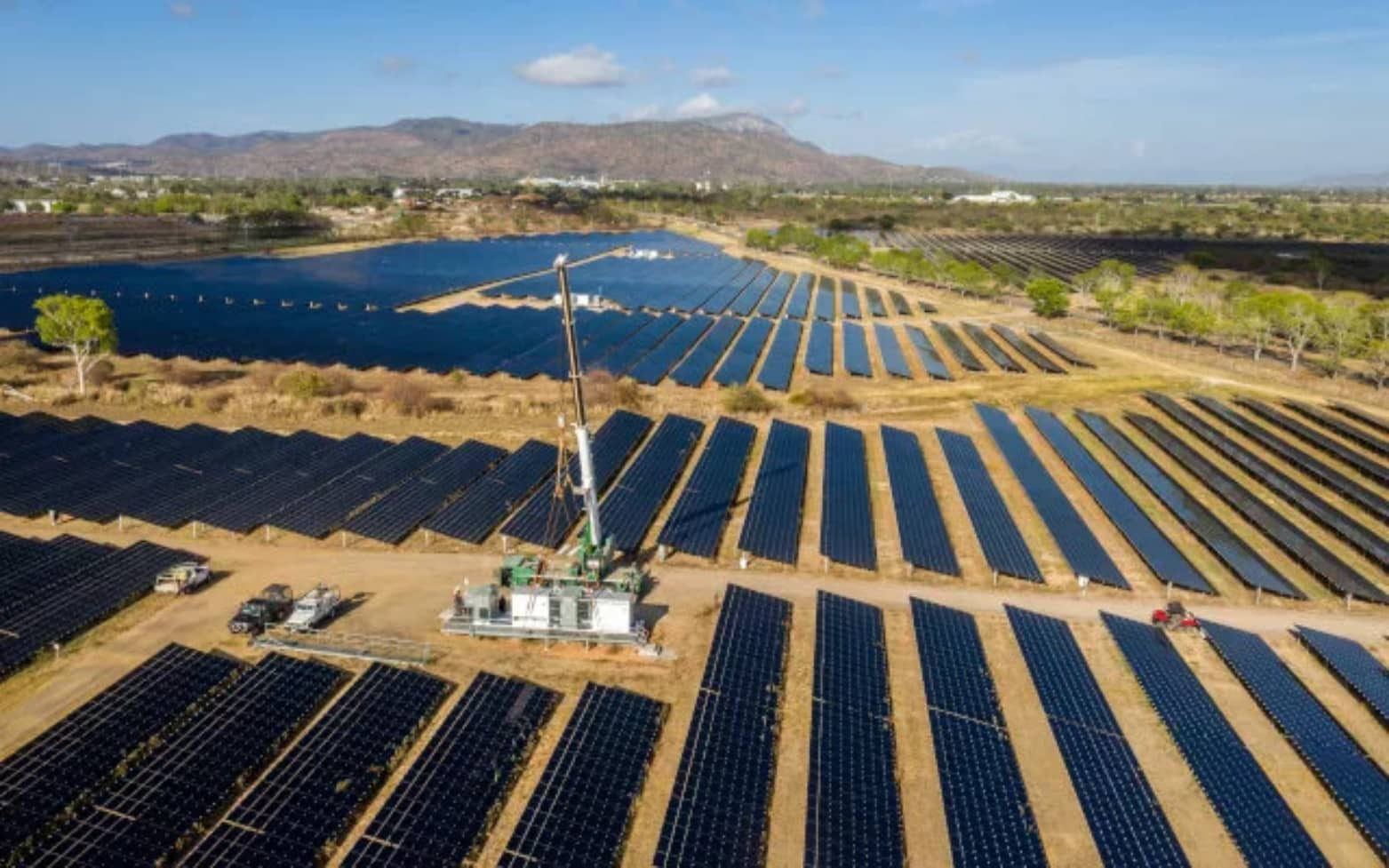Grid-forming technology is a power system innovation that enables distributed energy resources—such as solar photovoltaics, wind power, and energy storage systems—to autonomously and coordinately form local grids through inverters. This technology allows these resources to operate independently of a traditional central grid while maintaining the capability to connect to the main grid when necessary.

Specifically, in power systems, grid-forming technology allows distributed energy sources (such as solar photovoltaic and wind power) to connect directly to the grid via power electronic devices (such as converters), rather than relying on traditional synchronous generators to maintain grid stability. Each distributed energy unit can autonomously respond to grid demands, providing essential power support, such as frequency regulation and voltage stabilization, thereby enhancing grid stability and reliability. This technology is particularly well-suited for modern power systems with a high proportion of renewable energy integration, effectively addressing the challenges posed by the volatility and uncertainty of renewable energy sources.

Grid-forming technology involves several core components, with the most crucial being grid-connected inverters, energy storage systems, and energy management systems.
Grid-forming inverters serve as the foundation of grid-forming technology, enabling DC power from wind, solar, and energy storage sources to connect to the AC grid and facilitate bidirectional power flow control. Advanced power electronic converters can rapidly respond to grid fluctuations, providing dynamic voltage and frequency regulation.
Energy storage systems, particularly large-capacity devices such as lithium-ion batteries, operate in conjunction with power electronic converters to rapidly release or absorb energy as needed by the grid. This coordination helps balance supply and demand, thereby enhancing grid stability and reliability.
Energy management systems (EMS) monitor and control the operation of the entire grid, including predicting renewable energy generation, scheduling energy storage resources, and optimizing grid operation strategies. They are essential for achieving effective smart grid management.